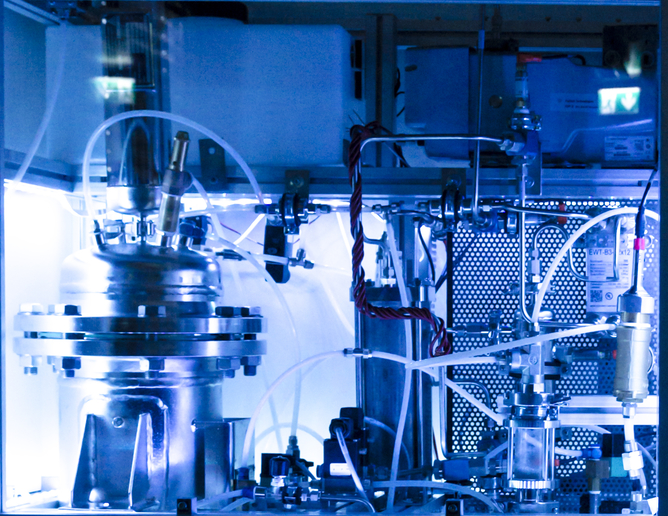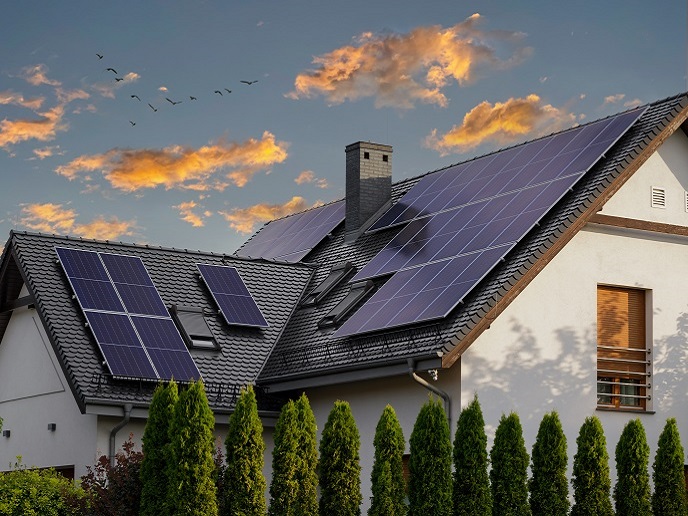High-efficiency plastic-based solar cells
DSSCs are a promising source of clean energy, offering the potential of low cost and high power conversion efficiencies even under cloudy and artificial light conditions. However, it is challenging to produce DSSCs with high power conversion efficiency and high transparency at the same time. This limits their use in building- and vehicle-integrated photovoltaics. Within the EU-funded project INPHOFLEX (Integration of photonic nanostructures in flexible dye solar cells), scientists found a way around this trade-off between transparency and efficiency by using novel photonic nanostructures. Using physical compression, the team first fabricated a DSSC on a plastic substrate, reaching an energy efficiency rate of 6.4 %. It then experimented with preparing multilayer optical lattices with well-defined, intense optical reflection peaks at the desired spectral ranges. New methods were developed to directly deposit photonic crystals on titania-based photosensitised anodes as back reflectors. The spectral response of photonic crystals was finely tuned in different ranges to cover the blue, green and red regions of the visible light. Results showed that flexible DSSCs with the integrated photonic crystals displayed better short circuit current density and power conversion efficiency compared to cells of similar size without the photonic crystal. Even after bending the back mirrors, the initial solar cell efficiency was maintained. To further optimise the design of the plastic-based DSSCs, scientists introduced light scatterers of random distributions within the cell to reinforce light absorption. In addition, they added an adhesion layer to the electrode to enhance charge collection. INPHOFLEX demonstrated that it is possible to obtain flexible, lightweight DSSCs with tunable colour, better efficiency and transparency. Such solar cells hold great promise for use in outdoor applications such as building-integrated photovoltaics and rechargeable portable devices, which are both expected to witness significant growth in the coming years.







